Welcome back to our deep-dive series on the O-1A visa criteria. In our last post, we covered how prestigious awards serve as a direct form of validation. Now, we explore another powerful form of peer recognition: membership in selective achievement-based associations.
We are breaking down Criterion 2: Documentation of the beneficiary’s membership in associations in the field, which require outstanding achievements of their members, as judged by recognized national or international experts.
This criterion is about providing evidence that a group of top experts in your field has reviewed your work and concluded that your achievements are so outstanding that you deserve a place among them. It’s a powerful, built-in form of demonstrating expertise through showing that your professional profile meets strict membership bylaws that are themselves upheld by leaders in your field.
This guide will show you how to determine if your memberships qualify and how to present the necessary evidence to USCIS.
Deconstructing Criterion 2: The Two-Part Test of Exclusivity of a Professional Association
To satisfy this criterion, you must prove two things about the association:
- The Membership Requires “Outstanding Achievements”: You must show that the association—or your specific level of membership within it—is not open to just anyone. It must be reserved for individuals who have made significant, sustained contributions to the field.
- The Achievements are Judged by “Recognized Experts”: You must prove that the people who grant this membership are themselves national or international experts, qualified to assess the work of their peers.
Pillar 1: What is a Qualifying Association?
Not all professional memberships are created equal in the eyes of USCIS. The distinction is based on the barrier to entry.
What doesn’t qualify:
- Memberships obtained simply by paying a fee or subscribing to a publication.
- Memberships granted based on a certain level of education or years of experience.
- Memberships that are a compulsory requirement for employment, such as a trade union.
What might qualify:
- Fellow-level memberships in major professional organizations (e.g., an IEEE Fellow). These often require a rigorous nomination and review process based on significant contributions.
- Invitation-only business councils or forums where membership is extended only after a committee of current leaders vets a candidate’s accomplishments.
- Acceptance into a highly selective startup accelerator or incubator, where the selection is competitive and based on the judged merit of the founders and their innovations.
As an important note – the selectivity of your level of membership in the association matters, not simply the selectivity in the broader association itself
Pillar 2: Proving the Association’s High Level of Selectivity through Detailing the Membership Application Process
Once you’ve identified a qualifying membership, you must document its exclusivity.
How to Prove an Association’s High Standards: A Checklist
- The Association’s Bylaws: Provide the official documents that define the different membership levels and the specific, merit-based criteria for the exclusive tier you belong to.
- The Judging Panel’s Credentials: This is crucial. You must provide evidence that the individuals on the selection committee are “recognized national or international experts.” This can include their professional bios, lists of their own significant awards, or their leadership positions in the field.
- The Application & Review Process: Submit documentation that outlines the rigorous nomination and evaluation process. If there are statistics on the low acceptance rate, include them.
- Public Statements: Use official website content, brochures, or press releases from the association that describe its high standards and the prestige associated with membership.
Hypothetical Case Study: The Biomedical Engineer
Please note, the following case study, including the names of the individual and organizations, is fictional and for illustrative purposes only.
To see how this works, let’s consider the hypothetical case of Dr. Stephanie Cordero, a leading biomedical engineer specializing in prosthetic design.
- The Membership: Dr. Cordero was elevated to “Fellow” status in the “National Biomedical Engineering Society (NBES),” the highest level of membership offered by the country’s leading professional association for her field.
- Proving the Association’s Exclusivity:
- Outstanding Achievements Criteria: Her petition included the NBES’s official bylaws, which stated that Fellow status is reserved for members who have made “significant, sustained contributions to the advancement of biomedical technology that brings significant value to society.”
- Judged by Recognized Experts: She provided the professional biographies of the entire NBES Fellows Selection Committee. The evidence showed the committee was composed of -renowned experts, including heads of biomedical engineering departments at R1 universities, chief scientists from major medical device companies, and past winners of prestigious national science medals.
- Rigorous Process: She submitted the formal nomination letter from a current NBES Fellow and the official acceptance letter from the NBES president. The letter confirmed she was one of only 15 new Fellows selected that year from a pool of over 400 nominees, highlighting the low acceptance rate and the competitive nature of the honor.
By meticulously documenting that her membership was a direct result of her outstanding achievements being judged by a panel of undisputed national experts, Dr. Cordero successfully met the criterion.
Final Thoughts: Let Your Peers Vouch for You
Criterion 2 is a powerful way to leverage the judgment of others to prove your own extraordinary ability. If you’ve been granted entry into an exclusive, achievement-based group, you already have a strong piece of evidence. The key is to provide the backstory—to prove to USCIS that the gatekeepers of that group are the top experts in your field, and that they opened the gate for you because of your outstanding accomplishments.
📩 Ready to explore how the O-1A visa can benefit your company? Schedule a consultation with us today!



